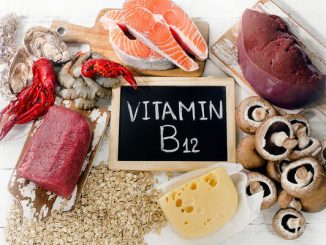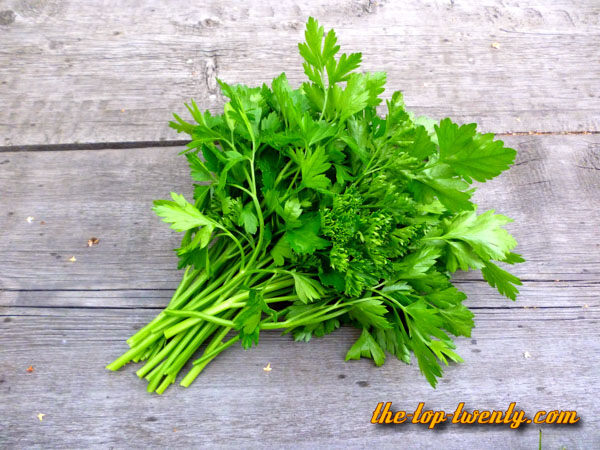
10. Parsley – 166 mg vitamin C per 100g
Parsley is widely used in European, Middle Eastern, and American cuisine. Curly leaf parsley is often used as a garnish. In central Europe, eastern Europe, and southern Europe, as well as in western Asia, many dishes are served with fresh green chopped parsley sprinkled on top. Parsley is a source of flavonoids and antioxidants, especially luteolin, apigenin, folic acid, vitamin K, vitamin C, and vitamin A.
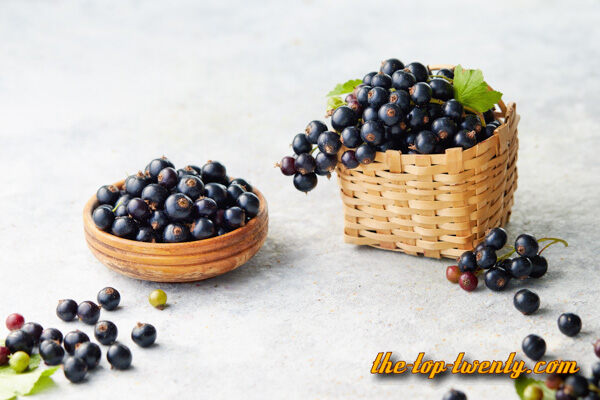
9. Blackcurrant – 189 mg Vitamin C per 100g
Blackcurrant is native to temperate parts of central and northern Europe and northern Asia where it prefers damp fertile soils and is widely cultivated both commercially and domestically. Blackcurrants can be eaten raw but are usually cooked in a variety of sweet or savoury dishes. They are used to make jams, jellies and syrups and are grown commercially for the juice market. The fruit is also used in the preparation of alcoholic beverages and both fruit and foliage have uses in traditional medicine and the preparation of dyes.
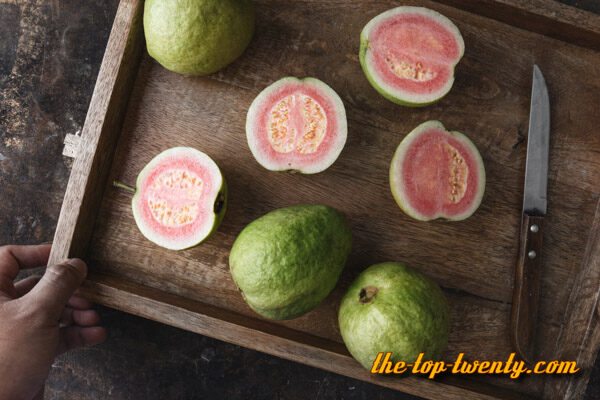
8. Guava – 270 mg Vitamin C per 100g
Guava fruits have a pronounced and typical fragrance, similar to lemon rind but less sharp. The outer skin may be rough, often with a bitter taste, or soft and sweet. Varying between species, the skin can be any thickness, is usually green before maturity, but may be yellow, maroon, or green when ripe. The pulp inside may be sweet or sour and off-white (“white” guavas) to deep pink (“red” guavas). The seeds in the central pulp vary in number and hardness, depending on species.
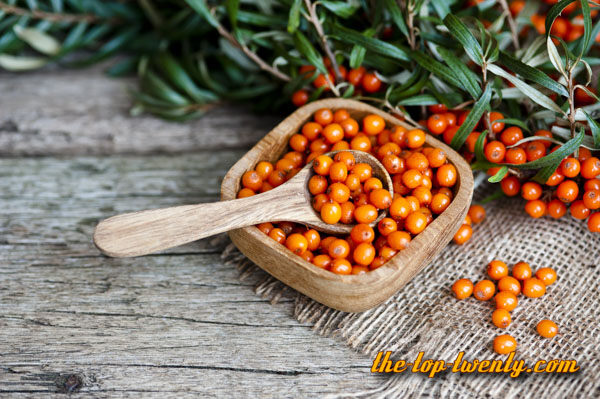
7. Sea buckthorn – 500 mg Vitamin C per 100g
Sea buckthorn, is by far the most widespread of the species in the genus, with the ranges of its eight subspecies extending from the Atlantic coasts of Europe across to northwestern Mongolia and northwestern China. Sea buckthorn berries are edible and nutritious, though astringent, sour and oily, unpleasant to eat raw,[12] unless ‘bletted’ (frosted to reduce the astringency) and/or mixed as a drink with sweeter substances such as apple or grapejuice.
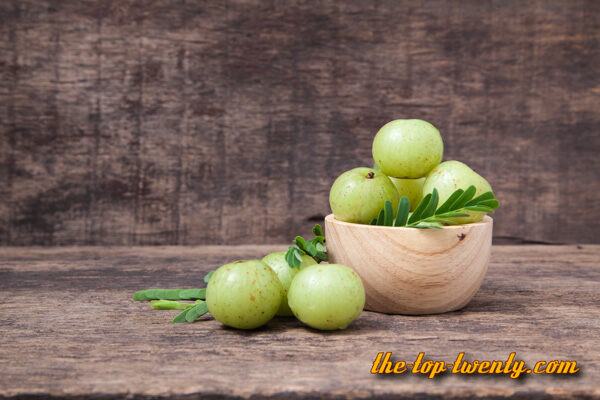
6. Amla/Indian gooseberry – 720 mg Vitamin C per 100g
The Amla or Indian gooseberry is ripening in autumn, the berries are harvested by hand after climbing to upper branches bearing the fruits. The taste of Indian emblic is sour, bitter and astringent, and it is quite fibrous. In India, it is common to eat emblic steeped in salt water and red chilli powder to make the sour fruits palatable.
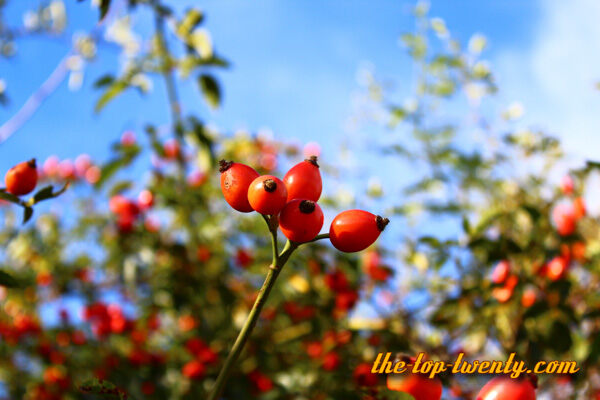
5. Rose hip – 1250 mg Vitamin C per 100g
Rose hips are commonly used as an herbal tea, often blended with hibiscus, and an oil is also extracted from the seeds. They can also be used to make jam, jelly, marmalade, and rose hip wine. Rose hip soup, “nyponsoppa”, is especially popular in Sweden. Rhodomel, a type of mead, is made with rose hips. Rose hips begin to form after successful pollination of flowers in spring or early summer, and ripen in late summer through autumn.
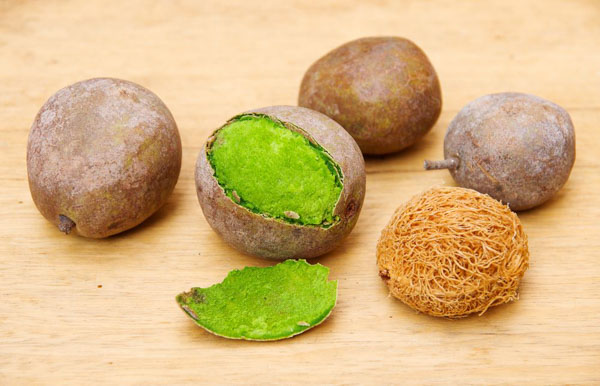
4. Ditakh/Detarium senegalense – 1260 mg Vitamin C per 100g
The Ditakh or Detarium senegalense tree is of value for several reasons: it produces nutritious fruits, is locally prominent in folk medicine is a source of quality timber. It could contribute to food security, sustainable land care, and rural development. As its Linnaean name indicates, it is native to Senegal and the surrounding countries of West Africa.












